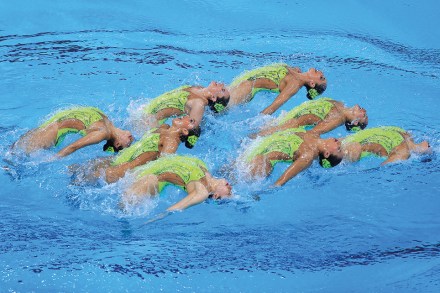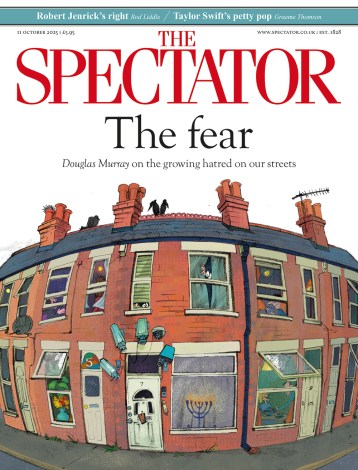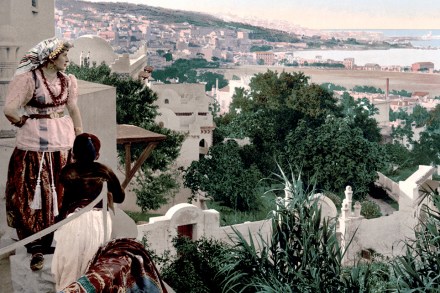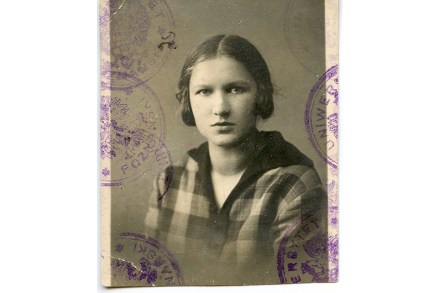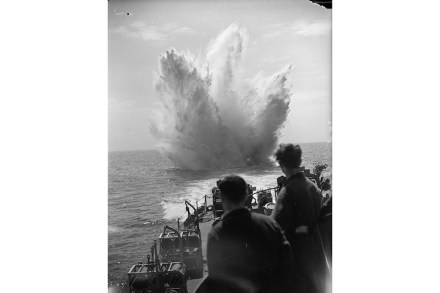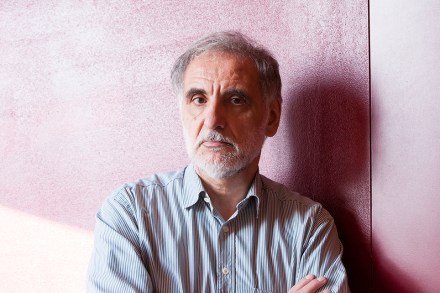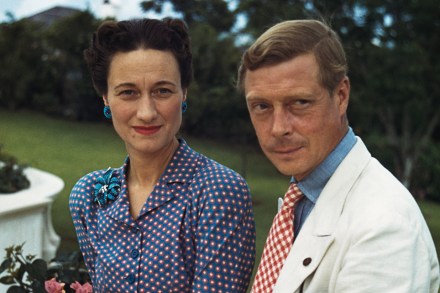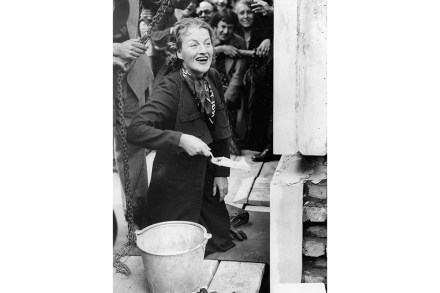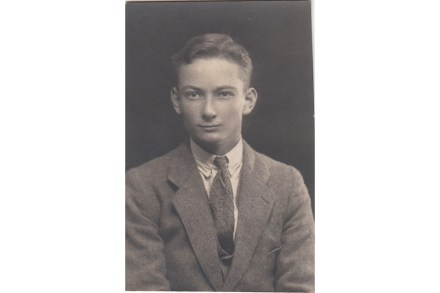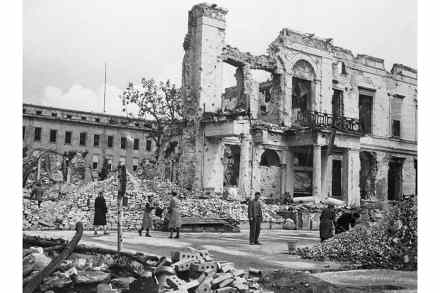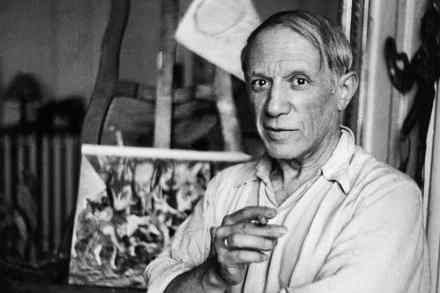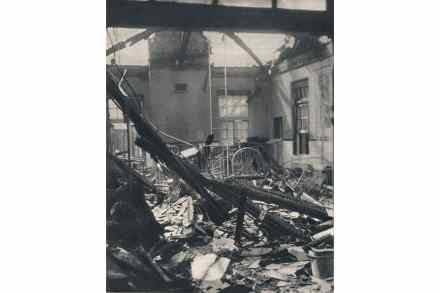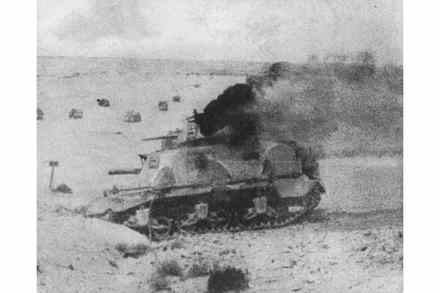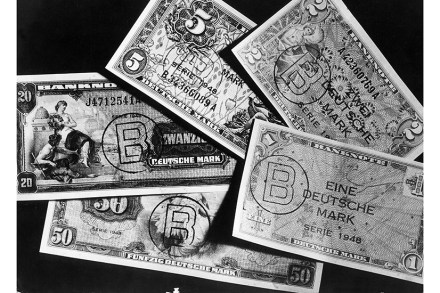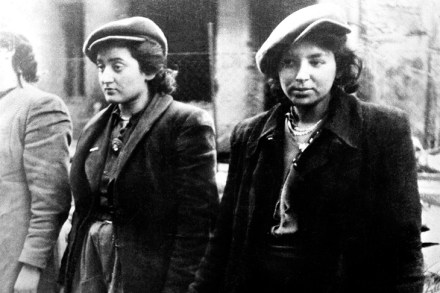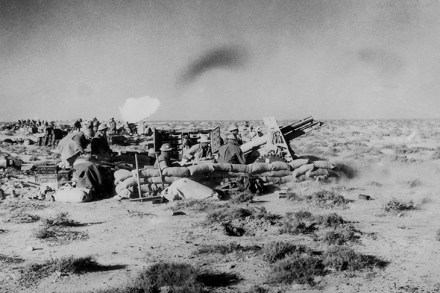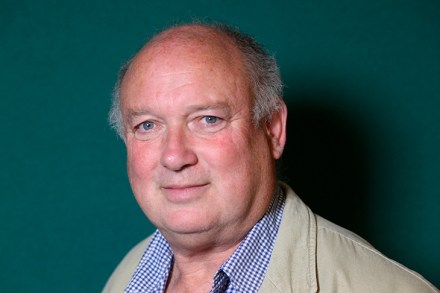Does ‘artistic swimming’ truly describe the world’s hardest sport?
Synchronised swimming isn’t really a sport, is it? It’s ‘artistic swimming’ now, of course, though many athletes don’t like that term precisely because it makes the Olympic event sound less like a real sport. But by the end of Swimming Pretty, Vicki Valosik’s meticulous history of synchronised swimming, it’s difficult to think of it as anything other than one of the toughest sports we’ve been watching in Paris – and wonder why anyone would disagree. That question is one that Valosik addresses in her book, along with making the case for the sheer discipline and power of a synchronised swimmer. Her skill is in doing both without ever sounding plaintive
